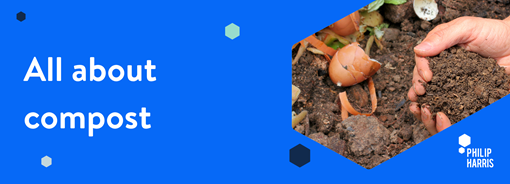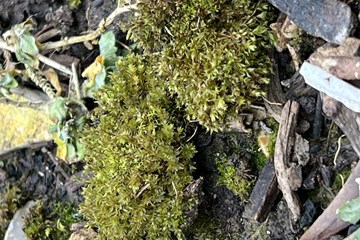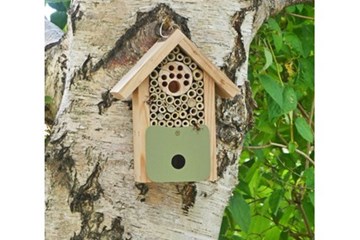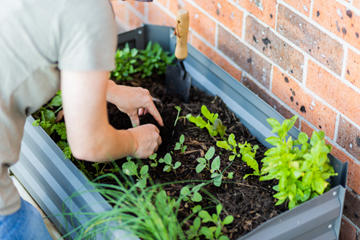All about compost

We are seeing lots of schools explore eco-clubs and gardening clubs. So let’s learn all about compost. It is one of the essential items for gardening clubs, especially if you choose to grow your own fruit and vegetables.
Composting is the process of micro-organisms breaking down organic matter into nutrient-rich, fertile soil, using an aerobic process to break down solids into compost.
- Carbon for energy.
- Nitrogen to aid growth and reproduction of the micro-organisms.
- Oxygen to oxidise the carbon and provide oxygen for the micro-organisms.
- Water, in the right amounts, to maintain the composting activity.
The micro-organisms break down the materials in your compost and warm it up. As the compost gets warmer, even more micro-organisms thrive. Mechanical breakdown also occurs through invertebrates such as ants, worms and millipedes living in the compost.
How do I make compost?
You can choose to create an open compost heap, a purpose made compost bin or compost bags.
Compost needs two types of organic material:
- ‘Green’ materials provide the nitrogen and are things like grass cuttings, fruit or vegetables.
- ‘Brown’ materials include paper, cardboard, dried leaves, sticks or even egg shells, which provide the carbon.
Do not use any materials which show signs of disease.
It is important to have a good mix of green and brown materials. Too much green and your compost will become slimy. Too much brown material and the compost will be too dry.
Layer these green and brown materials, leaving plenty of loose space for air to circulate.
Next up, you will need to introduce micro-organisms into your compost, typically aerobic bacteria. These micro-organisms are already found within the green and brown materials, or you can purchase dormant microbes.
Finally a good sprinkling of water and you are ready to start composting.
Check your compost every month, turn it using a rake to introduce more air. Add more materials if needed.
Depending on the green and brown materials used, it can take anything from 3-12 months for the compost to be ready to use,
Why use compost?
Compost is used to improve the structure of the soil and can improve water retention and in some cases, reduces soil erosion.
By introducing organic matter in the compost to the soil, it helps retain nutrients and attracts beneficial organisms such as nematodes, which may reduce the need for fertilisers and pesticides.
How to use compost
The best way to use compost is mulching – spreading or raking a layer of the compost on top of exposed soil.
Mulch in Spring, before weeds have taken hold; and again, in Autumn once plants have died back.
Science activities with compost
You can use the compost to learn about the relationship it has with plant growth. Students can check how different mixtures of compost promote plant growth too.
For schools with limited outdoor space, a Clear Compost Container is a really visual way to watch the compost process and make side by side comparisons between different materials.
You can also look at how different variables such as temperature, moisture, air circulation, position (sunny vs shaded), an open compost heap vs a sealed compost bin or bags affect the breakdown of the compost materials.
Invite students to discuss the micro-organisms which help break down the compost materials. A wider topic around this would be about how microbes can be used to clean up contamination using the process of bioremediation. Or you could look at the micro-organisms under a microscope, similar to a Moss Safari.
Finally, use the compost to talk about biodiversity and all the different types of worms and other invertebrates, plus fungi, which call compost home. Grab a wildlife guide to help you identify the different species.
Tell us about your activities with compost
Share your tips for compost and related activities on our Twitter and Facebook pages. Who knows, you could even help another Technician along the way!











